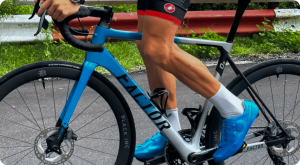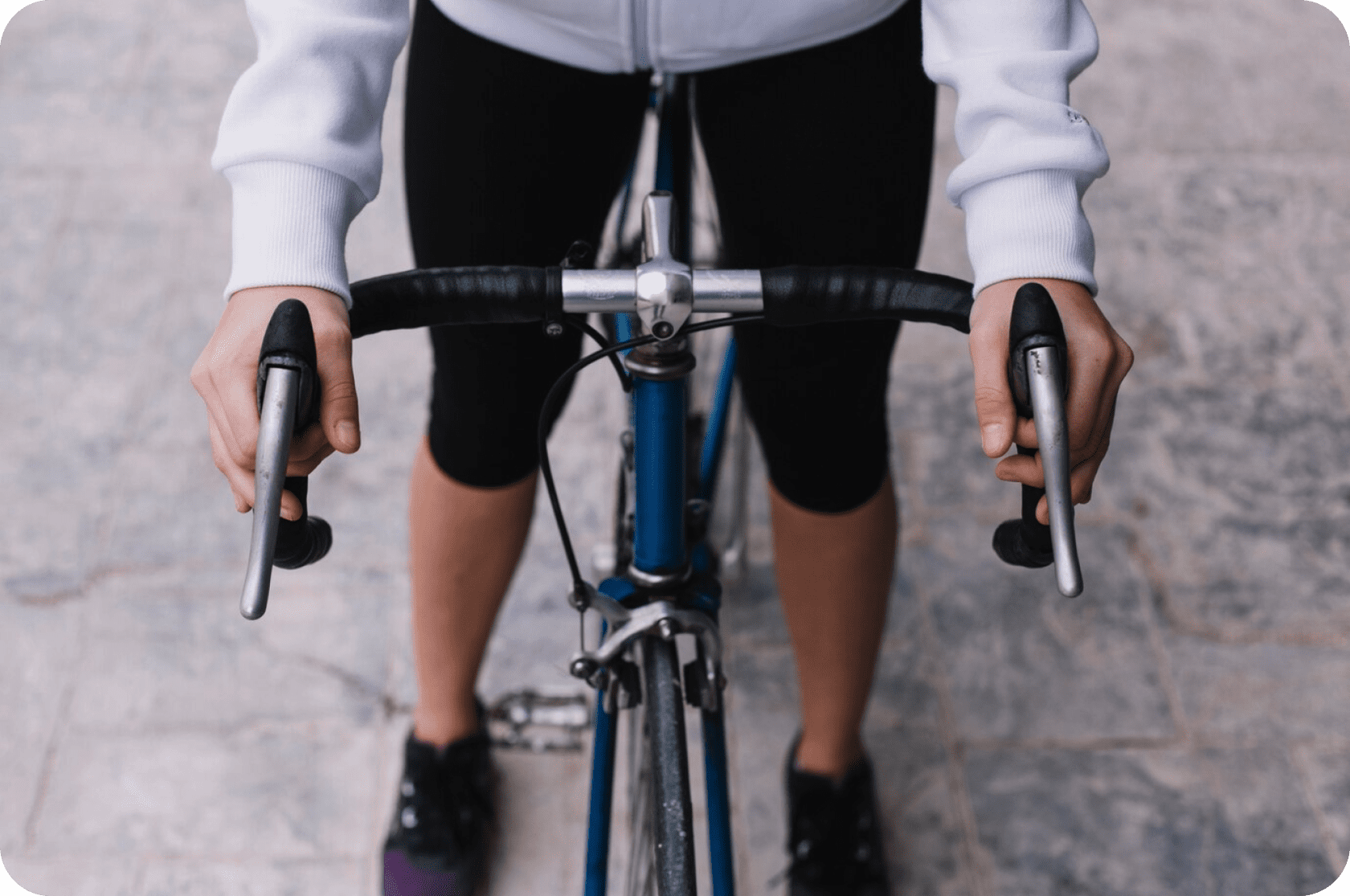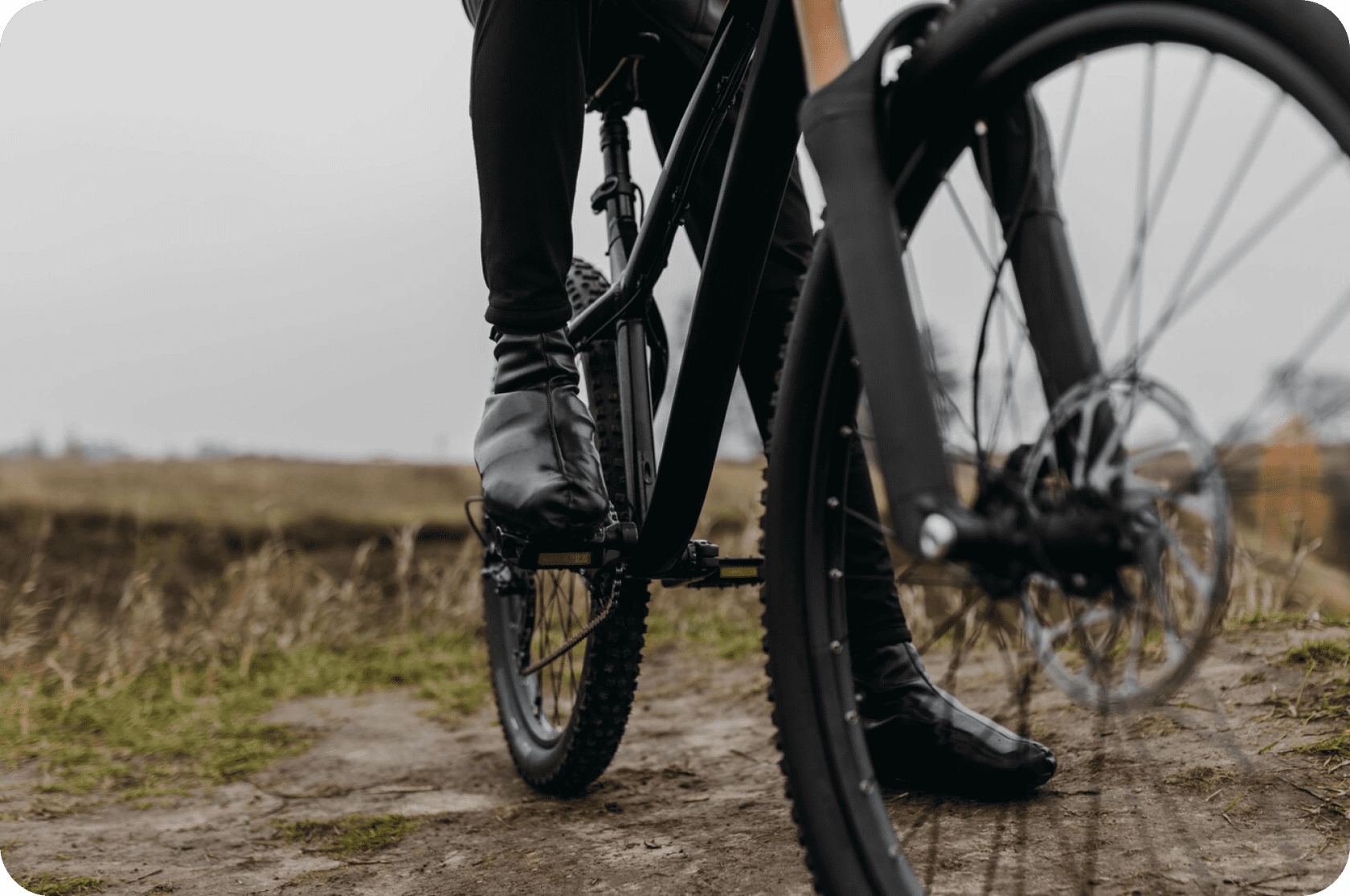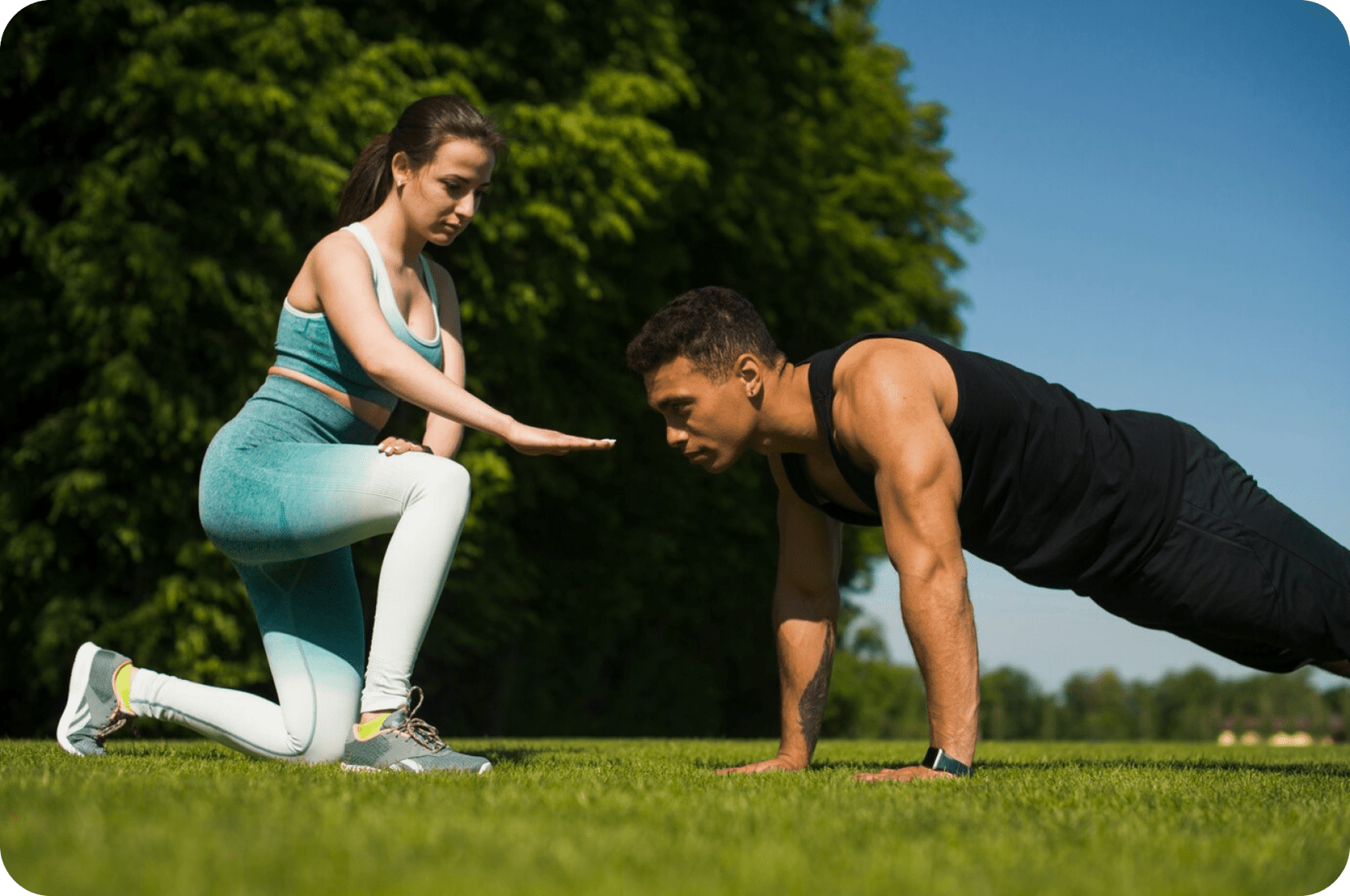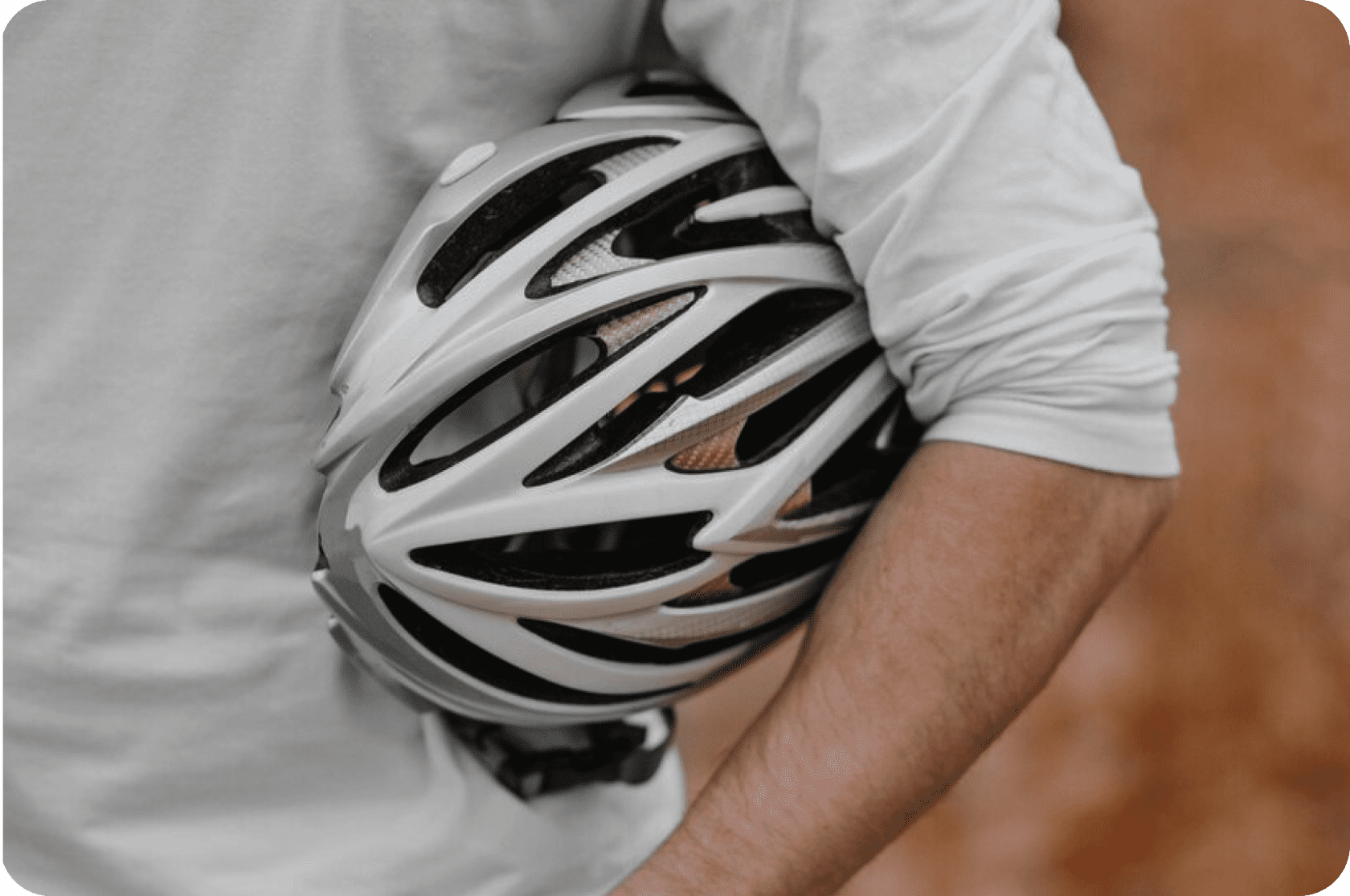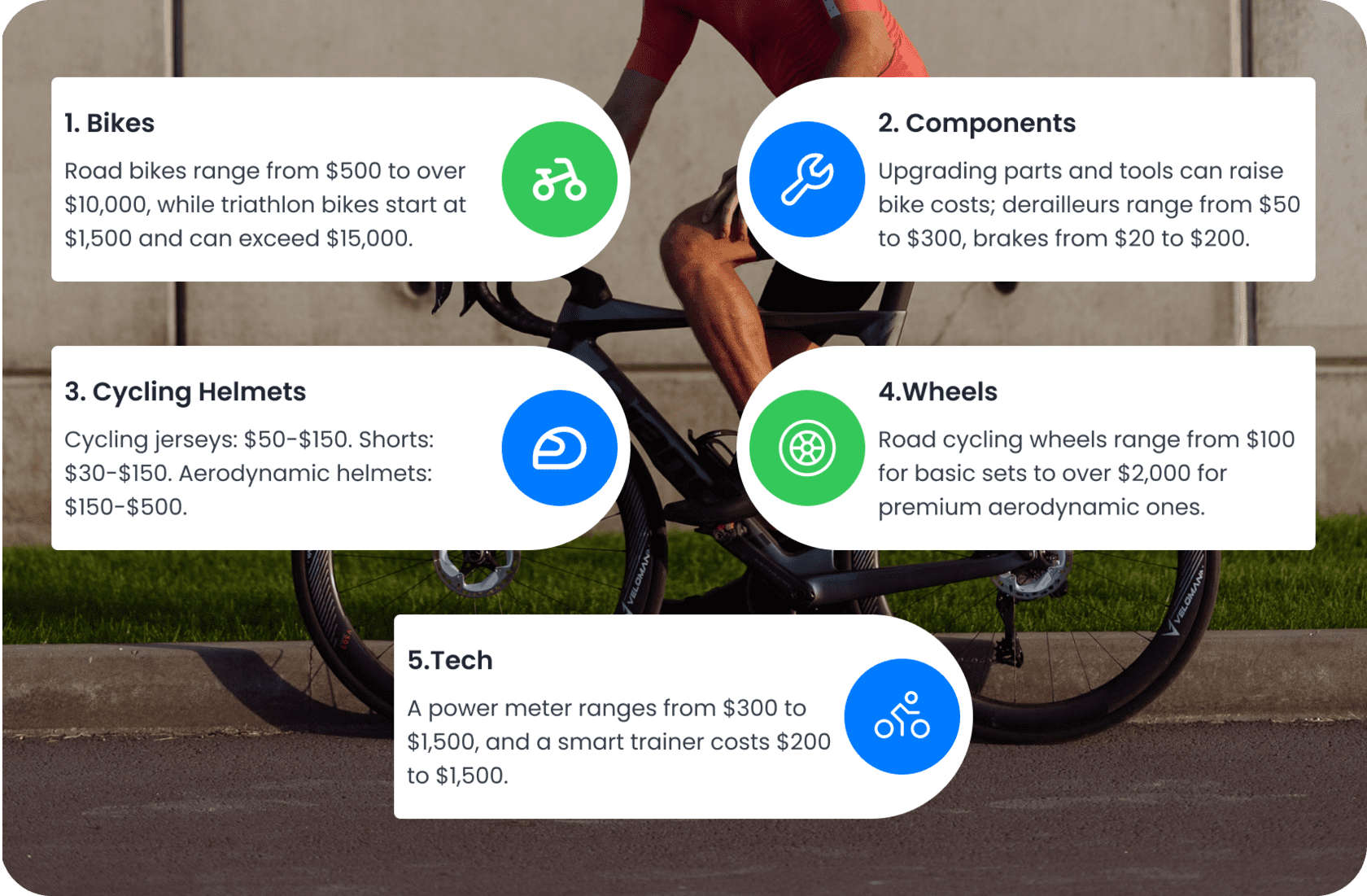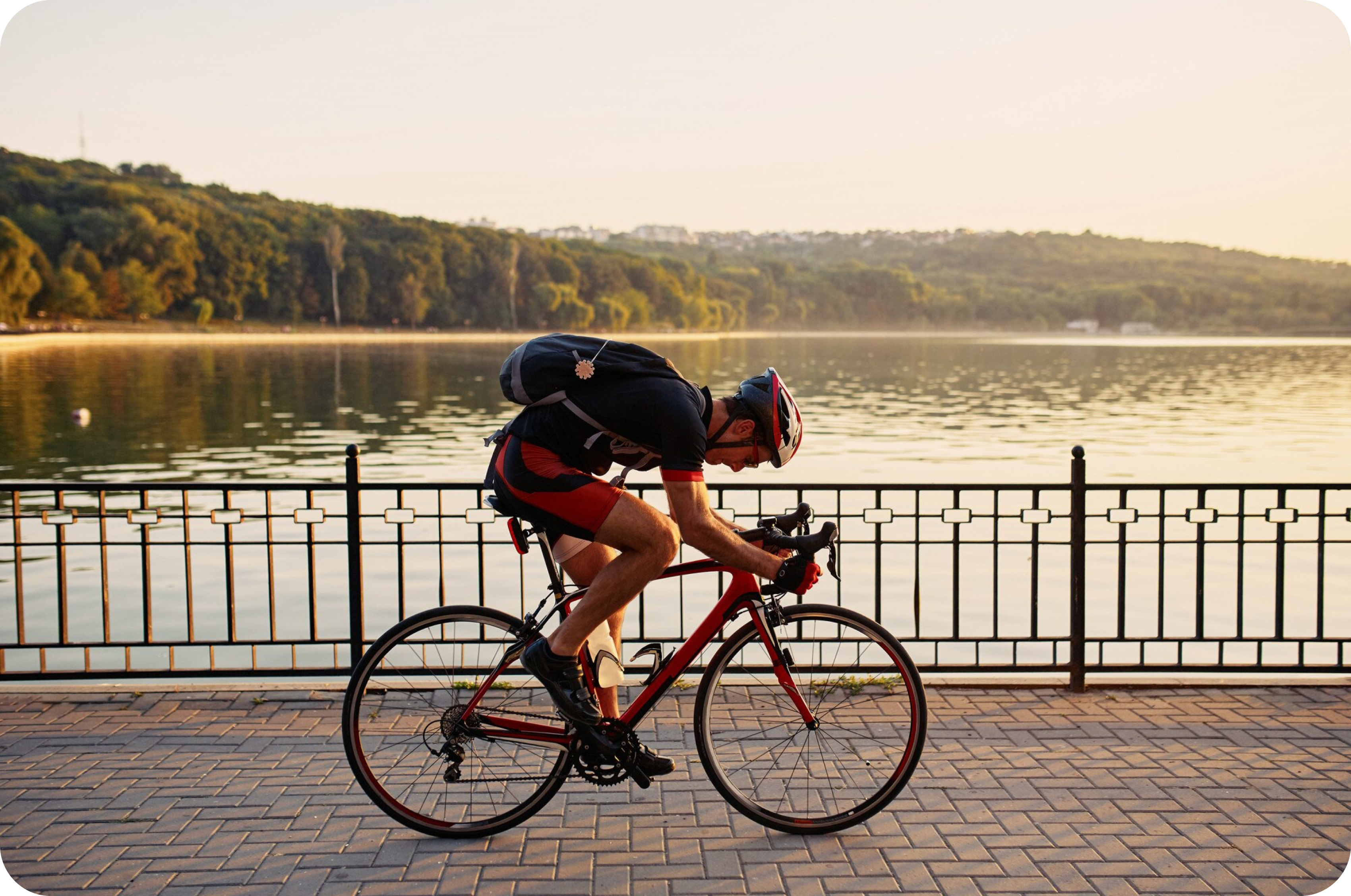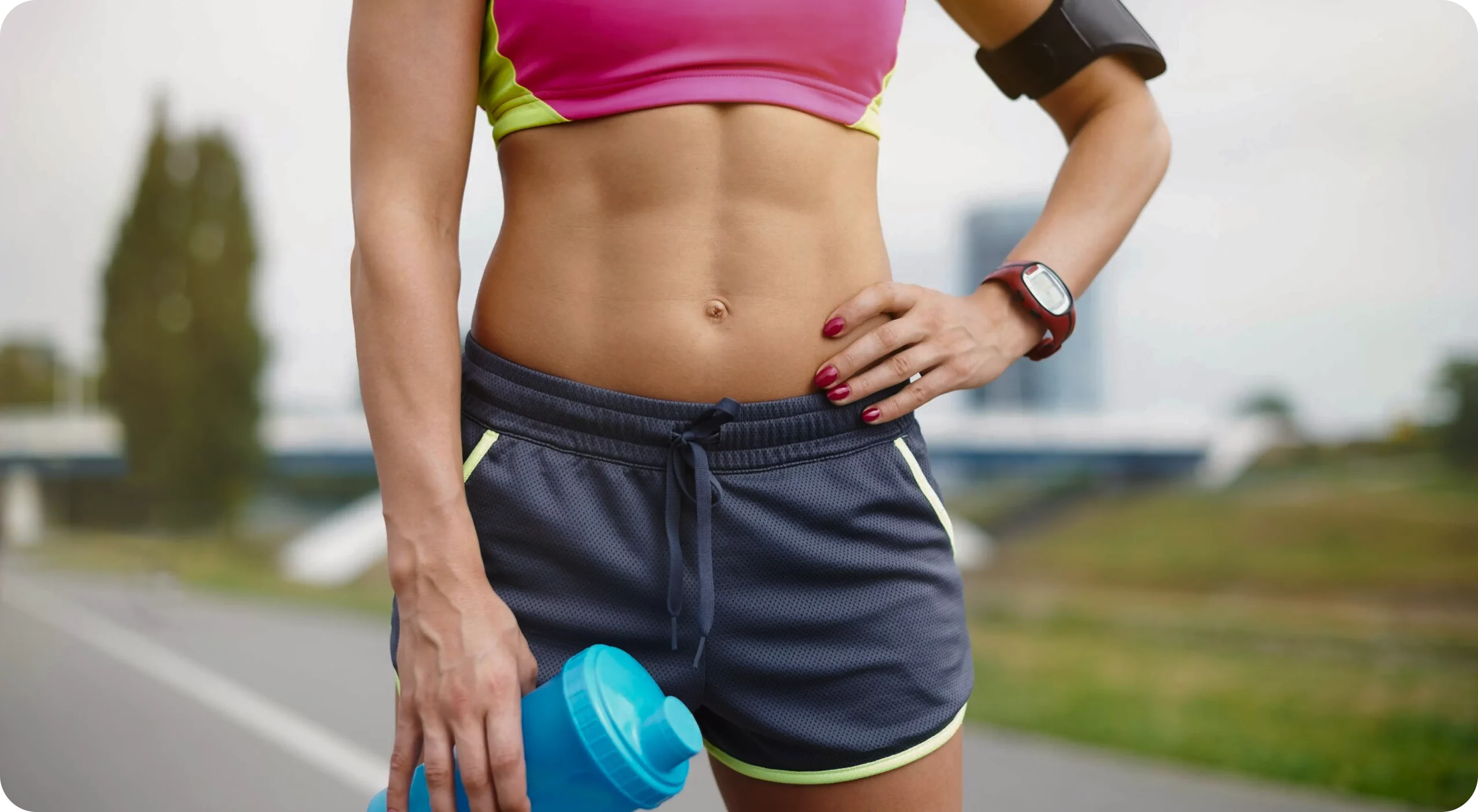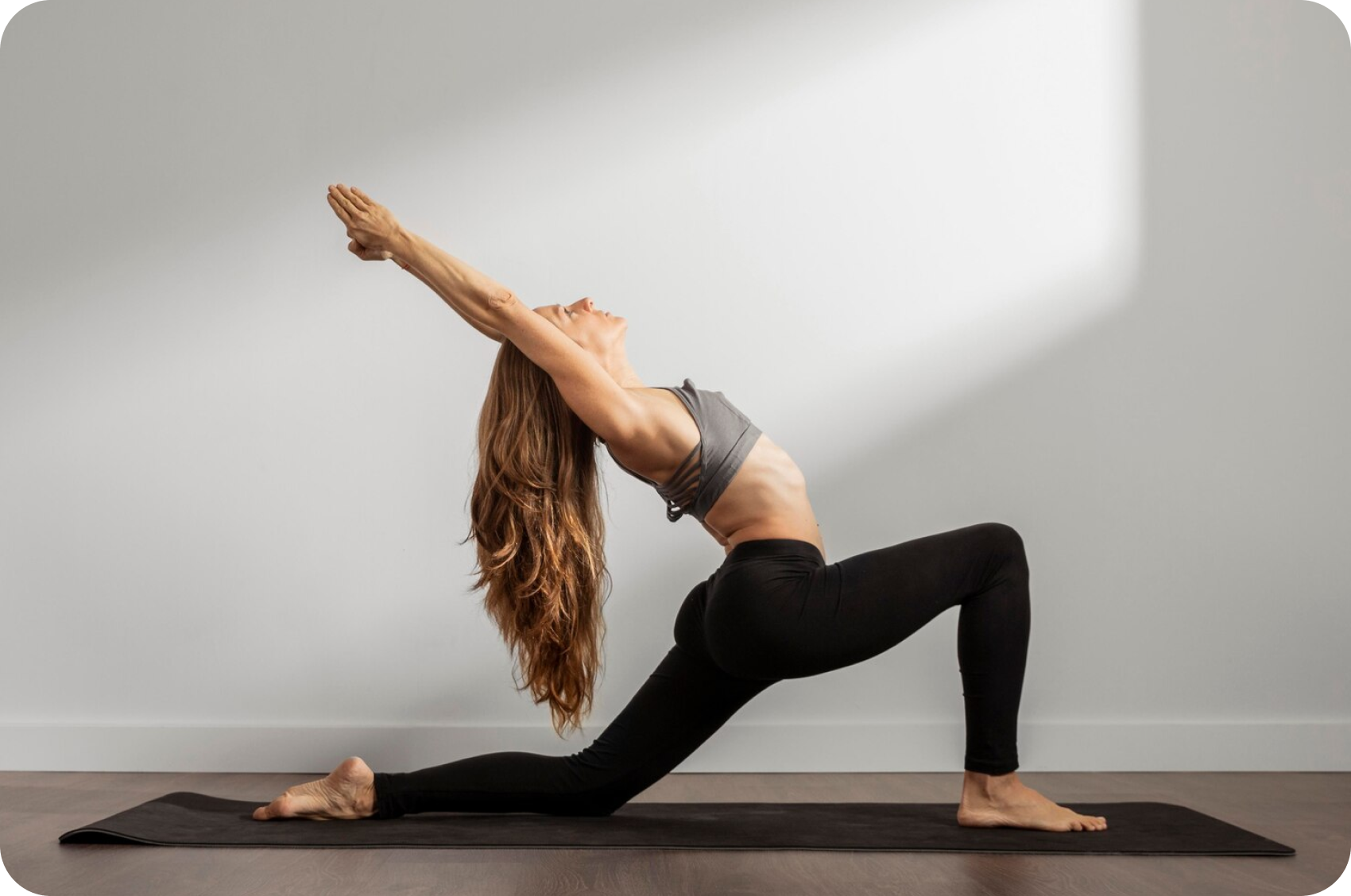In the world of triathlon, where seconds can make the difference between a podium finish or an “also ran,” the importance of the right equipment can’t be understated.
While skill, endurance, and mental toughness are undoubtedly vital, having the optimal gear and tech can be a game-changer in enhancing cycling performance.
This article examines the significance of selecting the right bike, the benefits of investing in quality components, the role of aerodynamics in kit and gear selection, and the potential impact of power meters and other cycling tech on performance.
A Tale of Two Bikes: a Road Bike vs. Triathlon Bike
The debate between road bikes and triathlon bikes is an enduring one in the triathlon community.
While road bikes are versatile and offer better handling, triathlon bikes, with their aerodynamic design and aggressive geometry, are built for speed and efficiency.
The iconic cyclist, Greg LeMond, once said, “It doesn’t get any easier, you just go faster.”
A triathlon bike, thanks to its aerodynamic fit, can help you go faster.
But there is a nuance – it requires good strength and flexibility of the back muscles.
A road bike, on the other hand, might be easier to handle, especially in mountain biking.
Ultimately, the choice should depend on your comfort level, course requirements, and budget considerations.
The Value of Quality Components
Quality components are an investment in your performance.
From the bike frame, bottle cage, and saddle bag to the gears, every component contributes to the bike’s overall efficiency and reliability.
High-quality components can offer smoother shifting, better braking, and reduced overall weight.
As Mark Cavendish, one of the world’s best sprinters, once put it, “If you brake, you don’t win.”
Although he was referring to racing tactics, the quote is a reminder of the importance of efficient braking in a technical bike course, which can be achieved with quality components.
Aerodynamics in Kit and Gear Selection
The role of aerodynamics in cycling performance is immense.
From your cycling shoes to your bicycle helmet, every piece of gear can contribute to reducing air resistance and improving speed.
Remember the words of cycling legend Eddy Merckx: “Don’t buy upgrades, ride up grades.”
While it’s true that no equipment can replace hard work and conditioning.
When you reach a certain level of competition, an aerodynamic kit can be the upgrade that helps you gain those precious seconds.
The Revolution of Power Meters and Cycling Tech
The integration of power meters and cycling technology has indeed revolutionized triathlon training and racing.
Power meters, which measure the actual power output of a cyclist, have become essential tools for serious athletes in both cycling and triathlon. Here’s how they’ve impacted the sport:
Precision Training
Power meters provide real-time data on the amount of power a cyclist is generating, allowing athletes and coaches to tailor their training more precisely.
By training at specific power levels, athletes can ensure they’re working at the right intensity to achieve their goals, whether it’s building endurance, increasing speed, or improving efficiency.

Objective Measurement
Unlike heart rate monitors, which can be influenced by various factors such as fatigue, hydration, and temperature, power meters offer a more objective measure of effort.
This allows athletes to track their progress more accurately over time and make data-driven decisions about their training and racing strategies.
Pacing Strategies
In triathlon, pacing is crucial, especially on the bike leg, where athletes need to conserve energy for the run. Power meters help athletes maintain a consistent effort throughout the bike leg, ensuring they don’t go out too hard and risk burning out before the run.
By pacing themselves based on power output rather than perceived exertion, athletes can optimize their performance and avoid hitting the dreaded “wall.”
Race Analysis
After a race, power data can be used to analyze performance and identify areas for improvement. Athletes can review their power output at different stages of the race, compare it to their race plan, and pinpoint where they may have pushed too hard or held back too much.
This feedback is invaluable for refining training strategies and race tactics.
Integration with Training Platforms
Power meters are often compatible with training platforms and software that allow athletes to store, analyze, and share their data.
This integration enables athletes to track their progress over time, collaborate with coaches, and even compete virtually with other athletes around the world.
Chris Boardman, the famed British cyclist, once said, “The bike computer is incredibly powerful. The power meter, in combination with the computer, is even more powerful.”
This statement aptly captures the significance of utilizing technology for training and racing.
Cycling and Tech Statistics: A Deeper Dive
Statistics affirm the impact of equipment and tech on cycling performance:
Aerodynamics accounts for around 80% of the total resistance a cyclist has to overcome when cycling on flat terrain at a speed of over 20mph (Source: Journal of Mechanical Engineering).
According to a study in the International Journal of Sports Physiology and Performance, using a power meter can help cyclists improve their time trial performance by up to 6%.
A Cycling Weekly report suggests that an aero helmet can save up to 40 seconds over a 25-mile time trial compared to a standard road helmet.
The right cycling accessories, including a spare tube and tire levers, can make a substantial difference too.
A skin-tight jersey, compared to a baggy jersey, can save up to 96 seconds over the course of a 40km time trial, as stated in a study conducted by FieldWiz.
Decisions, Decisions: How to Choose the Best Equipment for You
When it comes to selecting the right gear and tech, consider your personal needs, budget, and race specifics.
First thing first. A high-quality, well-fitting bike should be the top priority.
Opt for a road bike if you value comfort and handling, while a triathlon-specific bike could be more suitable if speed is your primary concern.
Quality components can significantly improve your cycling experience.
So, consider upgrading the essential parts like derailleurs, shifters, and brakes for better performance.
Aerodynamic gear can offer an advantage in races.
Invest in a good aerodynamic helmet, suit, and even wheels if your budget allows.
However, remember that these are enhancements and cannot replace the benefits of rigorous training and preparation.
Incorporate cycling techs, such as power meters and smart trainers, into your training routine.
These tools can provide valuable insights into your performance.
They can also help you train more effectively.
If you can’t find all the gear you need at your local bike shop, consider exploring our gear marketplace.
You can find high-quality bicycle helmets, multi-tools, road shoes, clipless pedals, and other things you need for a great race.
Pricing Considerations for Cycling Gear and Tech
Triathlon is no doubt a sport that requires a financial commitment.
The costs in bike shops and online marketplaces can vary widely. Also, the final price will depend on your personal choices, needs, and budget.
Here’s a rough estimate of what you might expect to pay for various pieces of cycling equipment and technology:
1. Bikes
A road bike can range from $500 for an entry-level model to over $10,000 for a high-end version.
Triathlon-specific bikes are generally more expensive, starting around $1,500 and going upwards of $15,000 for top-of-the-line models.
2. Components
Upgrading components and different bike tools can add significantly to the cost of your bike.
For instance, a high-quality derailleur can cost between $50 and $300.
Brakes can range from $20 for basic models to $200 for high-performance versions.
3. Cycling Helmets
Quality cycling jerseys might cost you between $50 and $150, while a good pair of cycling shorts can range from $30 to $150.
Aerodynamic helmets typically start around $150 and can go up to $500 for premium models.
4. Wheels
Standard road cycling wheels can cost from $100 for a basic set to over $2,000 for a top-quality, aerodynamic wheelset.
5. Tech
A power meter can cost between $300 and $1,500, depending on the type and brand. Similarly, a smart trainer can set you back anywhere between $200 and $1,500.
Remember, these are rough estimates, and prices can vary greatly based on brand, quality, and specific features.
It’s essential to set a budget, do thorough research, and invest wisely to get the best return on your investment.
Always keep in mind that no matter the cost of the gear or tech, the most significant investment you can make is in your training and preparation.
After all, as Greg LeMond, the three-time Tour de France winner, famously said, “It never gets easier, you just go faster.”
Gearing up for Success
To quote the great Lance Armstrong, “It’s not about the bike.”
While cycling equipment and technology can enhance performance, it is the rider who makes the real difference.
Your dedication, hard work, and perseverance are what will ultimately propel you to the finish line.
However, optimal gear and tech can be instrumental in your journey, providing that extra push toward your triathlon goals.
Use them wisely and let them be a part of your triumphant ride in the world of triathlon.
